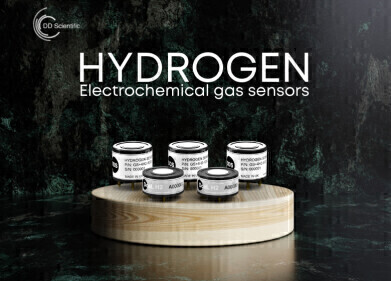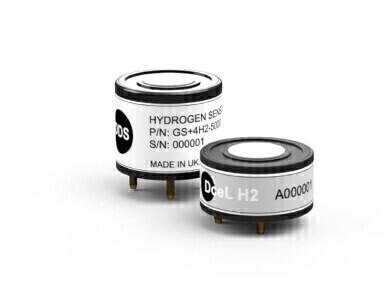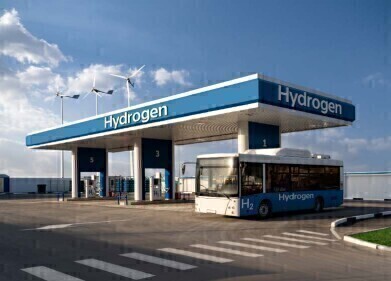Gas Detection
One small molecule, One giant leap for DD-Scientific
Jan 10 2023
Introducing new hydrogen sensors from DD-Scientific.
In 1800 the scientists William Nicholson and Sir Anthony Carlisle discovered that by applying an electric current to water, hydrogen and oxygen were released. Fast forward two centuries and hydrogen is seen as being key to replace fossil fuels in the quest to achieve net zero by 2050.
Green hydrogen produced by electrolysis with the power coming from renewable sources such as solar and wind is the cleanest energy. However, although the cost of renewable projects has reduced significantly, it is still more expensive to produce in comparison to cracking methane (known as blue or grey hydrogen, depending upon whether the carbon dioxide created is captured or not).
From all forms of transportation, through to industry and domestic use, hydrogen is an enabler to reduce or eliminate completely the requirement to burn fossil fuels.
Whilst world leaders have been trying to broker a deal on how the world can reduce emissions, a Swedish girl by the name of Greta Thunberg has been getting our younger generation to think more about the planet.
DD-Scientific, as a leading provider of high performance gas sensors, has also been busy preparing for this new wave of gas sensing. As a fast growing manufacturer, using state of the art manufacturing and automation techniques coupled with detailed testing and characterisation, we are ideally positioned to provide gas detector producers innovative products adding value to them and their customers. We are singularly established across a broad range of application areas including industrial safety, environmental monitoring and pollution control.
We are pleased to introduce a range of novel hydrogen sensors provided in both an industry standard 20mm package and a miniaturised DceL version. They are optimised for a variety of hydrogen sensing applications and are all fitted with high capacity filters to reduce interference from carbon monoxide and SOx and NOx species. With reduced drift characteristics operation over a wide temperature range over an extended period of time and a fast T90 response, our cells are ready to play their part in the journey to net zero. The sensors are available in a number of different measurement ranges from 0-5000ppm up to 0-5%.
Are you ready for the hydrogen economy?
To view the range of hydrogen sensors from DD-Scientific visit our website or contact us for more
information. Samples are also available on request.
Digital Edition
AET 28.2 April/May 2024
May 2024
Business News - Teledyne Marine expands with the acquisition of Valeport - Signal partners with gas analysis experts in Korea Air Monitoring - Continuous Fine Particulate Emission Monitor...
View all digital editions
Events
Jul 30 2024 Jakarta, Indonesia
China Energy Summit & Exhibition
Jul 31 2024 Beijing, China
2024 Beijing International Coal & Mining Exhibition
Aug 07 2024 Beijing, China
IWA World Water Congress & Exhibition
Aug 11 2024 Toronto, Canada
Aug 25 2024 Stockholm, Sweden and online











.jpg)








